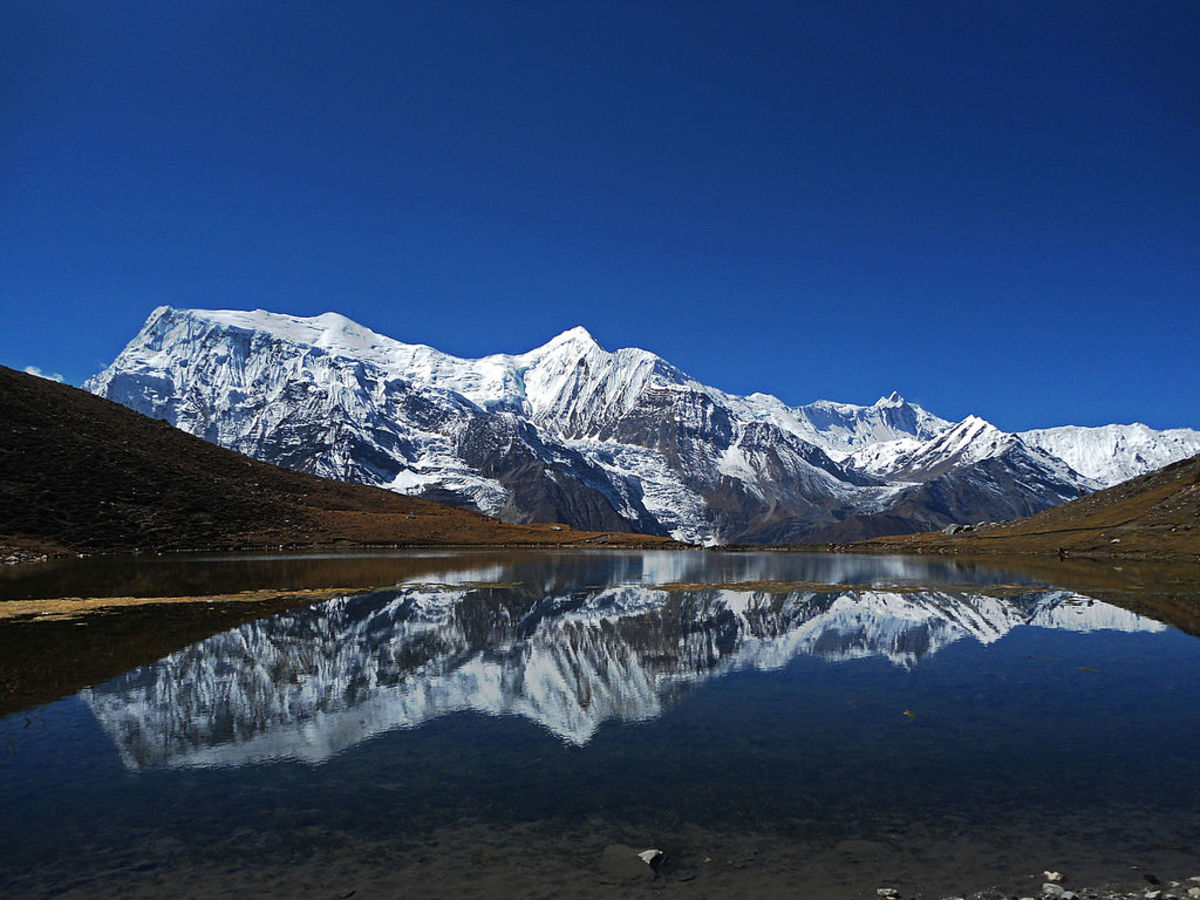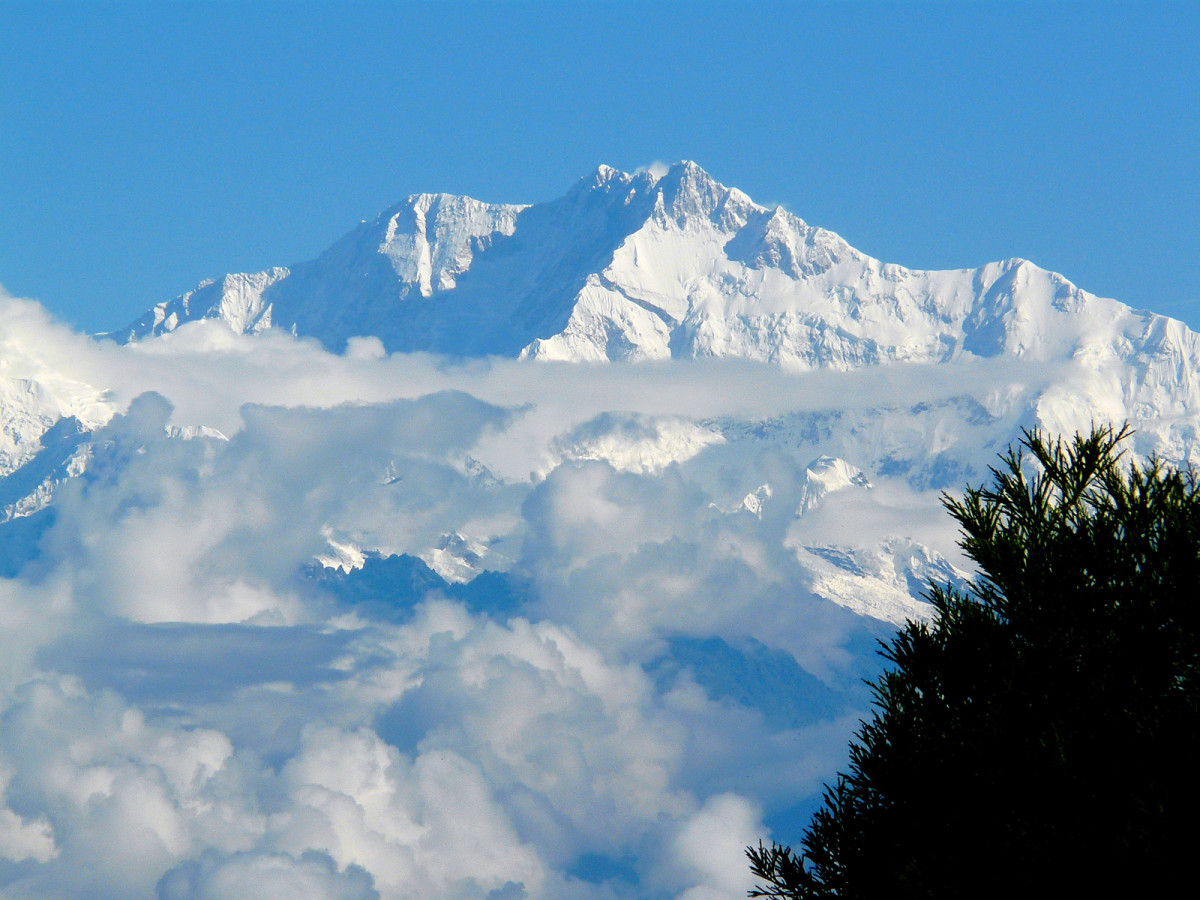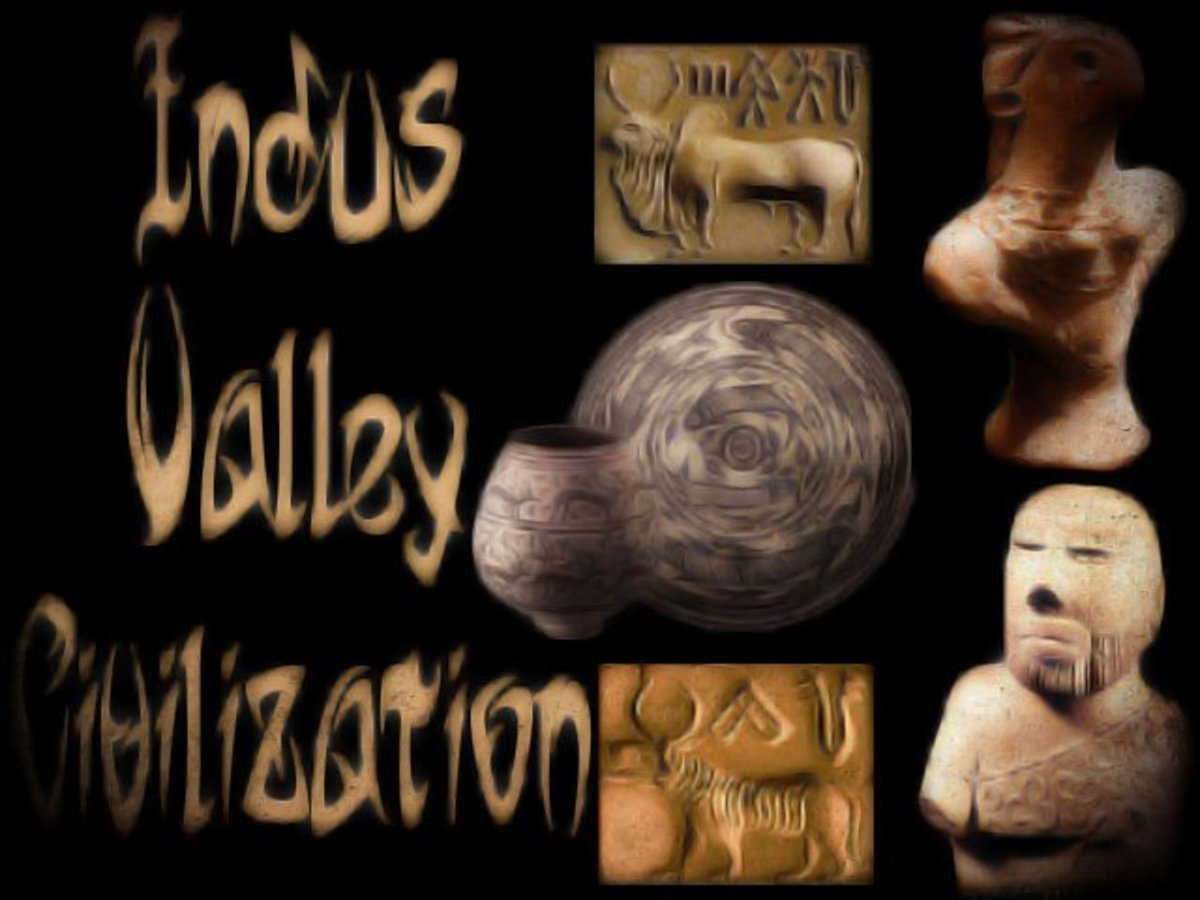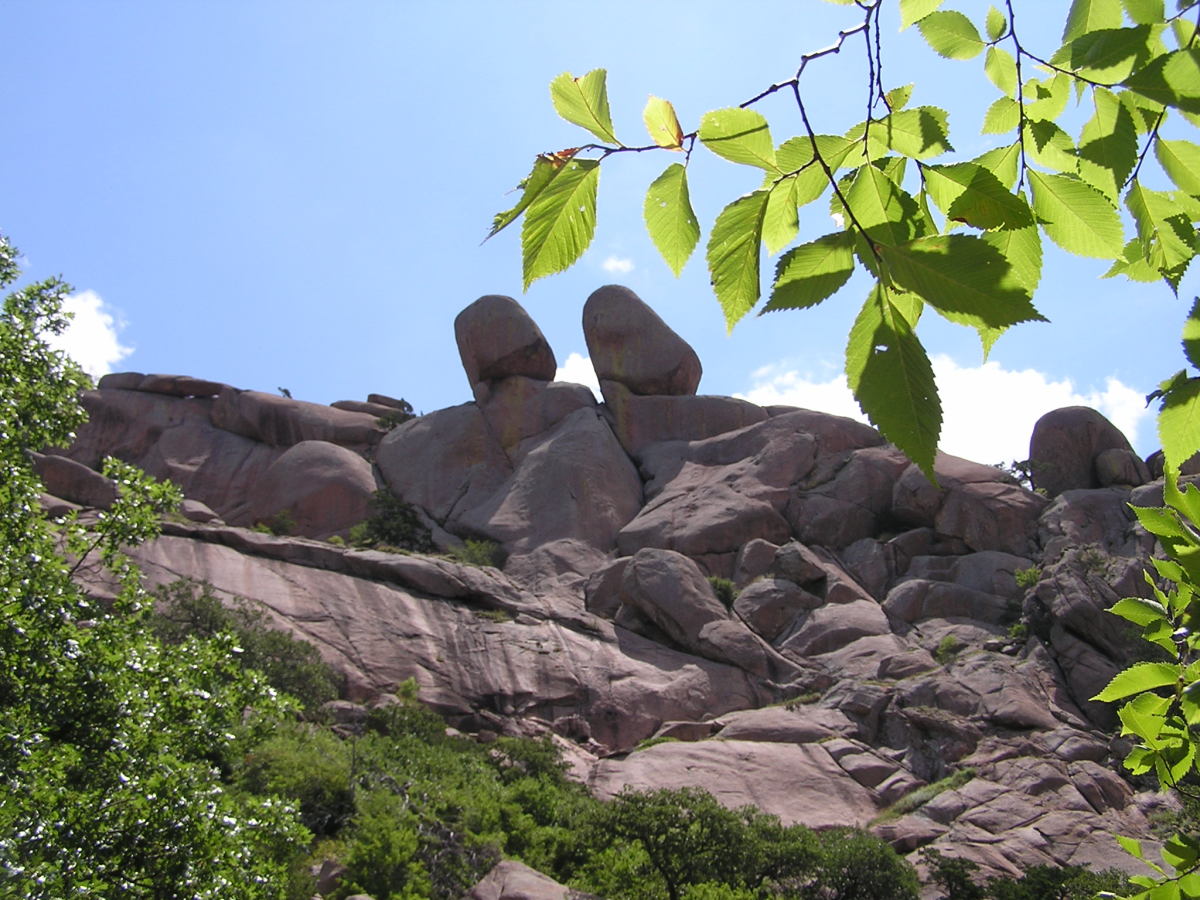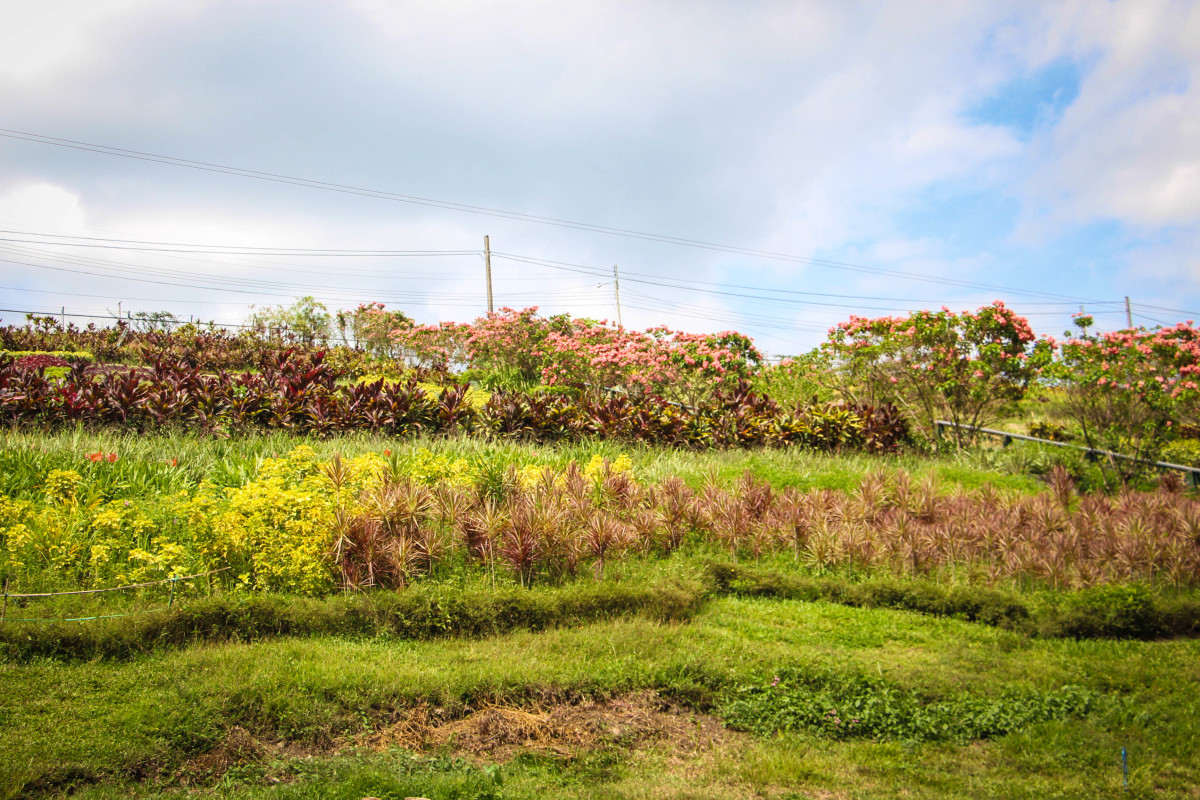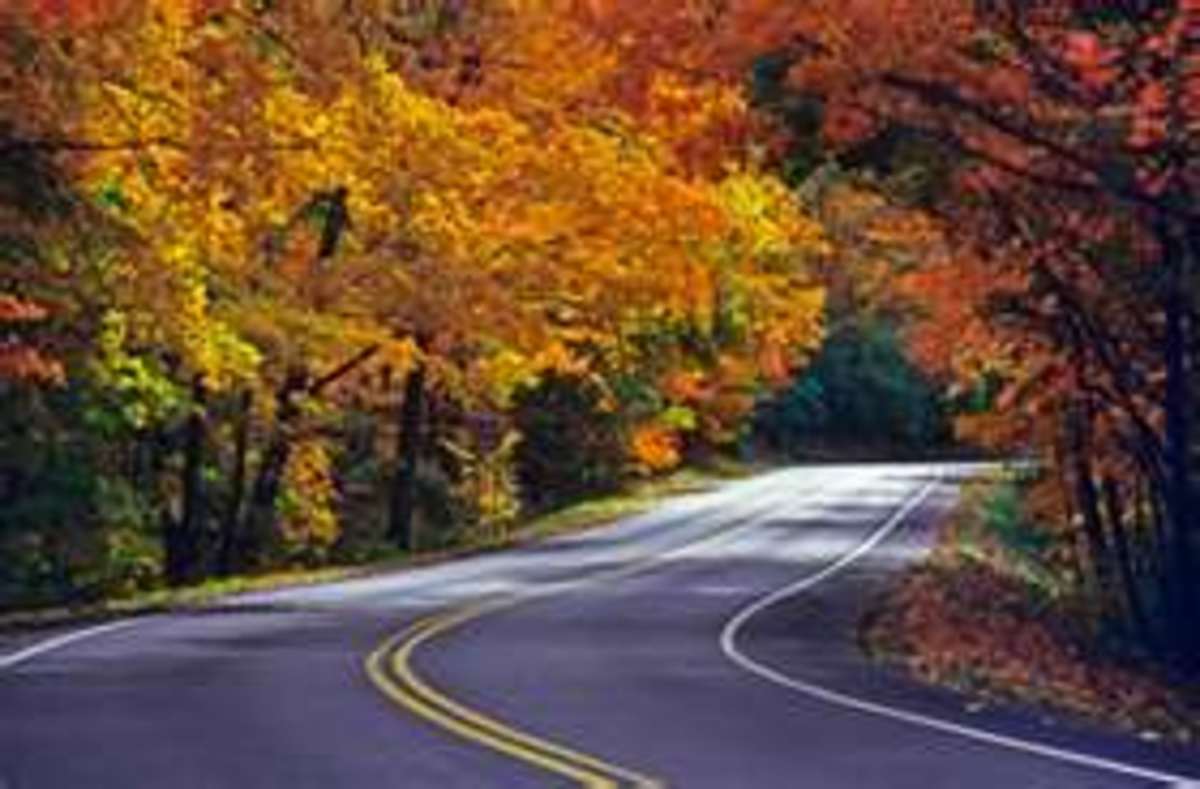The Indus River: Discover its Wanderings
Indus River map
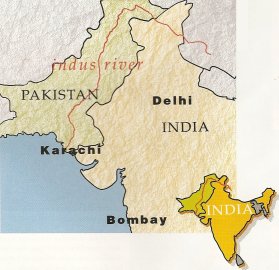
Rivers have always played an important role in human history. They have been the cradle of great civilizations, the link between cultures, the boundaries of empires, the best means of transportation for trade and, at times, a barrier to invaders. And so it has been with the Indus, at one time of another. It is a river that gave its name to a sub-continent; a river where the Harappean civilization, contemporary with those of Mesopotamia and the Nile, flourished; a river that brought Buddhism to China via the Silk Road; a river that stopped Alexander the Great's march to the East.
In a last roll of drums, the puja, the prayer, ended. Surprised by the silence, bewitched by the chant, the assembly remained still, cross-legged on the cold stone. Illuminated by the flickering flame of the burning yak-butter lamps, faces set, the monks gradually regained movement. The youngest were the first to stand, throwing over their shoulders the flaps of their wine-colored robes. The elders, still seated, the same modest and pleasing smiles on their faces, exchanged a few words with their neighbours before unfolding their legs, stiffened by hours of prayers.
Laughter and chatter followed the throng of monks as they jostled at the main gate and poured noisily into the central yard of the Hemis Monastery in Ladakh. Caught up in this tide, I hardly had time to step out before I was pulled aside toward the darkness of an abrupt flight of stone stairs by Gyatso, the young monk assigned to guide me. The high steps opened on a kind of corridor that at mid-level, circled the main room where we had gathered for the prayer. Leaning over the balustrade, I was suddenly face to face with an immense Buddha that had been dominating us, his gaze filled with compassion as it rested on his faithful flock. Another stairway, of massive wood this time, brought us up to the highest level of the building near the apartment of the head of the monastery. Gyatso pointed out a shaky ladder that we promptly climbed to reach the roof.
Shrine at Ladakh
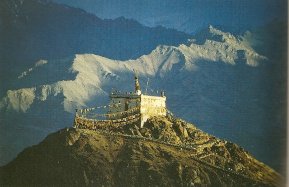
Watching for my reaction with a broad smile, my guide led me to the parapet. His expectation was fulfilled. I stood breathless, mesmerized by the imposing sight of the last light of the dying day on the highest mountains in the world. Caught in the shadow of the mountain, against which the monastery was built, the village lay at our feet, its lights already glimmering. Behind us the sun played leap-frog with a mountain and threw its last rays - a painter's palette of ochres and pinks - on the majestic range of the Himalayas. And at the foot of the mountain walls, inflamed by the setting sun, flowed the turquoise waters of the Indus. Following the river, my purpose was not only to accompany its tumultuous waters on their mad race for the Indian Ocean, but, above all, to travel back in time, to hear the legends and stories of several worlds.
Before reaching Ladakh, the Indus already makes an interesting story. Indeed, according to legend, the Himalayas are the dwelling-place of the gods and Shiva spends his time meditating on Mt Kailash. A holy mountain venerated by Hindus and Buddhists alike, Mt Kailash rises to 6600 metres and from its foot the Indus waters rise to rush down the valley. The opposite slope of the mountain is the source of the Bramaputra and, in the same region, the Sutlej and the Ganga also rise. Leaving the windy and icy plateau of Tibet, the River Indus has a turbulent youth: it rushes down 800 kilometres, its flow abating only on reaching the vast, rich Indo-Gangetic plain 3500 metres below.
Ladakh would be a desert without the presence of this river, which irrigates its cultivated fields - tiny plots of land seemingly snatched from the mountains. Then, for hundreds of kilometres, the river is superb and and powerful, steam swirling above its turquoise waters through the formidable Himalayan barrier, the color contrasting with the ochre, red and black of the surrounding mountains.
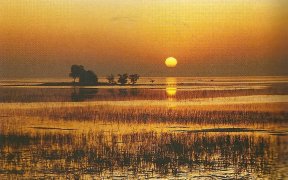
Soon, the Indus enters Baltistan, a remote corner of the Himalayas accessible only to travelers through several passes at 4000 metres or more. The second-highest summit of the world, K2, overlooks this region from an altitude of 8610 metres. It is a desolate mineral world where human presence is rare. Strangers, although initially attracting some curiosity, are welcomed with great kindness, courtesy and hospitality. The austere world of these high valleys, the severity of the climate and the isolation should have discouraged humans, but it didn't. It is as if the extreme living conditions bring out the best in people and some of the most poignant episodes of the history of humanity have been written here.
Through these narrow defiles, reputedly haunted by brigands, Buddhism was spread from the northern valleys of Pakistan to Central Asia and China by a few ardent missionaries. Following the dangerous zigzag path of the Silk Road, they eventually crossed the Himalayas to face the perils of the endless sandy desert of Taklimakan, thence on to China and the rest of Asia. These same valleys witnessed the invasion of Alexander the Great who, after his conquests in Central Asia, was about to travel home. Everywhere along his journey, he left behind a few settlers, among them artists who created the extraordinary "Greco-Buddhic" form of art. They depicted Buddha with the face of a Greek god - until then, symbols such as a footprint, a stupa or the wheel of life had been used.
In tales transmitted from person to person, fact and legend often mingle intimately. As you approach the Kalash villages it is hard not to remember the heroes of Kipling's novel The Man Who Would Be King, whose lives were lived here among the Kafirs, the infidels of the Hindu Kush. Neither Buddhism nor later Islam managed to convert these people. For how long, though, can the Kalash continue to follow the religion of their ancestors and worship the same gods? Such particularism is found not only in their religion, culture and language, but also in the costume worn by the women whose head-dress, called kupa, is made of sea shells. Often fair-haired with clear eyes, the Kalash have a physical appearance that underlines their difference. Some believe they are the descendants of the Greek settlers left behind by Alexander the Great while others see in them obvious traces of Aryan invaders.
On the shores of the Gilgit River you might meet Aslam, a ferryman who uses a raft of inflated cow hides. He is often hired to collect the firewood that has been carried downstream by the current and is then washed up on rocks and small islands. In these arid and barren mountains wood is precious.
From the Kalash valleys, a vertiginous road, sometimes overhanging the void, leads to the Shandur Pass and on to Gilgit. Peace, serenity and magnificent scenery remind one that this remote region is the location for the legend of Shangri-La, that mysterious happy valley, cut off from the rest of the world. Legend describes it as the last earthly paradise, where beasts and people live at the rhythm of the original wisdom that ruled when the world was created.
Some kilometres before Gilgit, as if to guard the entrance of the city, a Buddha from the Gandhara period has been carved into the cliff-face. The Gilgit River passes through the city of Gilgit before being absorbed by that mightier river, the Indus. In the opposite direction, toward the north, the old way of the Silk Road leads on to China. Formerly a treacherous trail, it wound its way through awe-inspiring gorges. Today there is a road, the Karakoram Highway, that many Chinese and Pakistani workers paid for with their lives. The maintenance of such a piece of work is in itself a feat and it is quite common for traffic to be delayed for several days due to landslides or avalanches. But, these delays are easily forgotten when after a curve in the road the Rakaposhi appears, a massive silhouette of 7788 metres of rock and snow overlooking the ancient kingdom of Hunza. Unknown until 1880, this kingdom was the last and most northern British conquest of the Indian Empire. Overhanging Karimabad, the fort of Baltit, residence of the Hunza rulers, was built according to Tibetan design and reminds me that the region renowned for banditry suffered invasions too. Hunza is the last village of importance before Tashgourkan, some hundreds of kilometres away, in China. The road traverses gigantic mountains to whose flanks cling the meandering paths formerly used by caravans, pilgrims and armies.
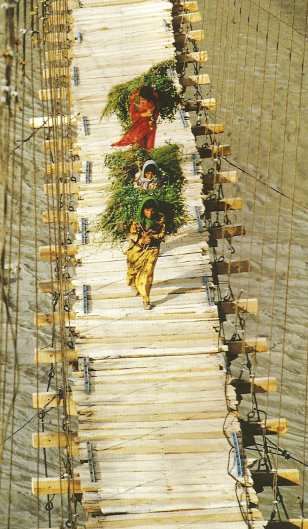
Where it is navigable, the Indus is a means of communication and trade. More often than not, however, it is a difficult obstacle to traverse. To cross it, precarious suspension bridges, or sometimes just a simple cable, are strained across the raging flow. Several projects aimed at taming the turbulent river have been studied, the most impressive being the Tarbela dam. The biggest earth-filled dam in the world, it has a base of more than 800 metres. Behind it, a lake 80 kilometres long has been created.
Lahore is the capital of Punjab, the "country of the five rivers", all tributaries of the Indus. The city was one of the capitals of the Moghul empire, the others being Delhi and Agra. Among the many fabled buildings is the Taj Mahal, that glorious token of love presented by Shah Jehan to his wife. A few years later, his pious son, Aurangzeb, presented a massive mosque to Lahore. Built according to the Moghul style, the mosque is one of the largest places of worship in the world, accommodating on some Fridays up to 50,000 of the faithful.
For centuries, the banks of the river have witnessed the birth and extinction of kingdoms and great leaders. Some sank into total oblivion, others left traces that time has not erased. Their mystery still fascinates. While visiting Makli, it is impossible not to be moved by the million yellow sandstone graves spread over 15 square kilometres, the largest necropolis in the world. Squeezed between this immense cemetery and the river is the small city of Thatta, its former grandeur lost. According to legend, this is the site of the ancient Pattala, the port from which the armies of Alexander the Great sailed home after completing their Asian conquests. Since then, the delta has shifted and moved much farther out toward the sea, leaving Thatta farther inland. When the English settled in the Indian sub-continent they favored Karachi.
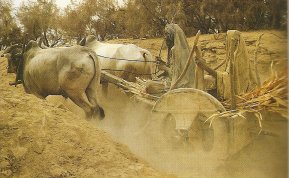
A maze of swamps and channels, the Indus delta is surrounded by desert. To survive, villages have to huddle along its banks. Agriculture, craft and civilization can exist only because the river has nourished this land for millennia. During this long co-habitation, people have kept the same gestures and the same tools. The ox-drawn cart in use today is very similar to the toy-size ones archaeologists found at Mehrgarh, one of the most important sites of the Indus civilization. Here, 200 hectares have been occupied for about 4500 years, the most ancient levels dating from the Neolithic period, 7000BC, when the first agricultural societies were established after the shift from hunting to farming and from gathering to cultivating. Discovered early this century, this civilization is also called Harrapean after another site, Harappa.
The most famous site along the Indus is undoubtedly Mohenjo-daro, the Mount of the Dead. The ruins of this city reveal a very advanced society where baked mud bricks were used to build multi-storeyed houses, sewage systems, grain storage, public baths and streets. Mohenjo-daro is a city that died strangely in 2500BC and the reason is unlikely to be revealed. Because of the rise of the water table of the river, archaeologists have the greatest difficulty digging among the ruins of the mysterious metropolis. Still, they have managed to bring out many objects and artifacts, such as a clay seal depicting an impressive sailing boat - a sailing boat that 5000 years later, can still be seen sailing up and down the silted water of the Indus River.



